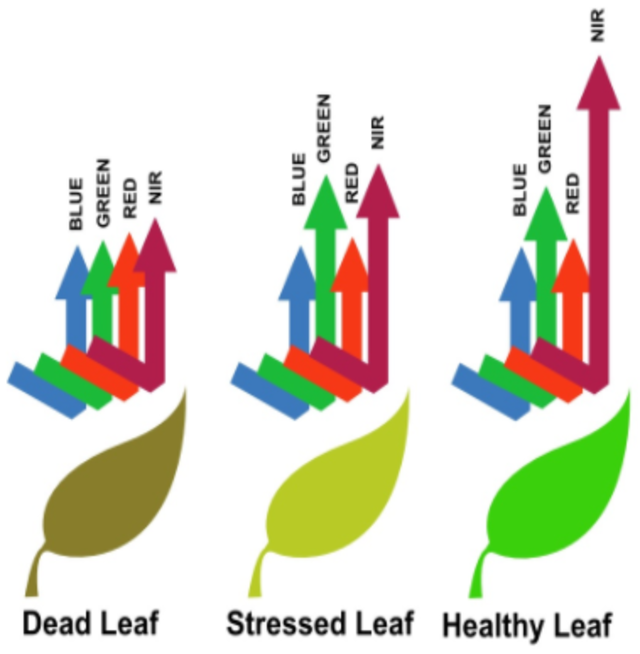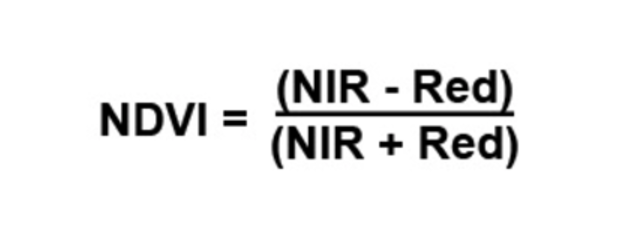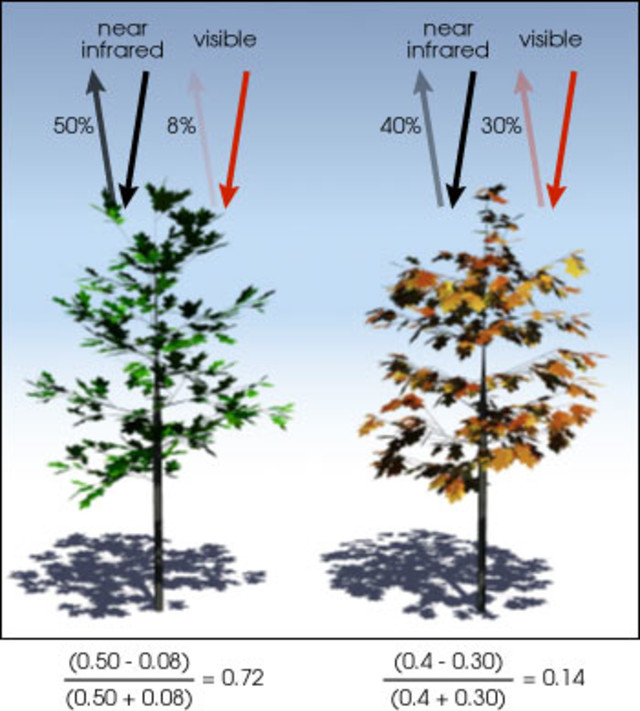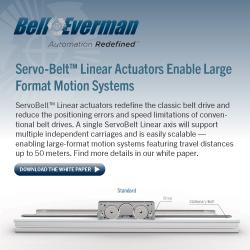NDVI gives powerful insights and makes it easier to visualize crop health that the naked eye cant see. It shows you where the problem is in advance so you can fix it faster. NDVI technology does not replace humans, but it does help make your job easier.
Discover NDVI and Its Valuable Uses in Agriculture
Kyler Olson | Botlink
Reprinted with permission from Botlink:
Since agronomists and scientists began using it in 1973, the Normalized Difference Vegetation Index (NDVI) has become one of the most successful tools to easily and quickly assess plant and crop health. Fast forward to today, NDVI is the most common vegetation index captured with drones and used in precision agriculture.
Never look at plants the same again
When you look at plants, how much do you think about what you see? There's actually a lot of interesting science behind it.
A normal, healthy plant will absorb blue and red light and reflect green light, which is why they appear green to our eyes. With the green visible light, plants also reflect Near-Infrared (NIR) light. This type of light, which is invisible to the human eye, also isn’t actively used for the photosynthesis process, and the healthier the plant, the more NIR light is reflected. When a plant becomes dehydrated or stressed, the spongy layer of the plant collapses and its leaves reflect less NIR light, yet they still reflect the same amount of light in the visible range.

As you can see, a stressed leaf and a healthy leaf reflect nearly the same amount of blue, green, red light, but a healthy leaf reflects more near-infrared light.
How is NDVI evaluated?
NDVI, simply put, is a calculation of vegetation or crop health. Mathematically comparing red and NIR light signals can help differentiate plant from non-plant and healthy plant from sick plant.

When performing the calculation above, NDVI values will range from -1 to 1. The higher the index value (more positive), the greater the crop health and vigor.
NDVI values between -1 and 0 correspond to non-plant surfaces that have a reflectance in the Red that is greater than the reflectance in the NIR. These could be surfaces such as equipment, water, or soil. Soil’s value is close to 0. Plant values range from 0.1 to nearly 1, and like stated earlier, the higher the NDVI value, the greater their density and health.

Healthy vegetation (left) absorbs most of the visible light that hits it and reflects a large portion of the near-infrared light. Unhealthy or sparse vegetation (right) reflects more visible light and less near-infrared light. The numbers on the figure above are representative of actual values, but real vegetation is much more varied. (Illustration by Robert Simmon)
What are the typical uses of NDVI?
Industry tools like drone mapping software makes it simple for agronomists and farmers to benefit from NDVI by creating maps that convert the -1 to 1 scale into colors we can actually see and quickly evaluate.

Drone mapping software depicts NDVI values from -1 to 1 with -1 shown as red and 1 as green.
.png)
An NDVI orthomosaic map of an airstrip and nearby field (left) are made from a combination of RGB (top right) and NIR (bottom right) imagery. NDVI maps depict the -1 to 1 scale as colors perceptible by the human eye, making variations in crop health more apparent than standard photography can.
Identify problems sooner
Perhaps its most valuable application, NDVI enables agronomists and farmers to see stressed crops in a field up to two weeks before the human eye would be able to detect. Crops stress sooner in the NIR than they do in the visual spectrum, so growers can identify diseases, pests, fungus, or arid conditions sooner, and then respond and make quicker decisions before the issues become an even bigger problem.
Scout fields faster
You don’t have to take an ATV or track through a field searching for a problem while further damaging your crops. Instead, you can find problems with NDVI mapping and go straight to the problem area to do your ground-truthing and fix the problem.

Save time and improve field scouting by going directly to the source of the problem without disturbing healthy crops.
Create variable prescription maps
Once NDVI maps are created, issues are found, and ground-truthing is done, a trained agronomist can upload the data to software like Ag Leader® SMS™ or agX® SST to identify variability in your fields and make a prescription map. Spray and seed only where needed with variable rate applications that save you money and resources, and improve crop yields.
Track crop health
NDVI is a perfect tool for tracking plant health. Many agronomists and farmers capture a series of NDVI maps to track the health of their crops throughout the growing season and even from year to year. NDVI values can be averaged to establish the normal growing conditions for the crops in a given area for a given time of the year.
NDVI gives powerful insights and makes it easier to visualize crop health that the naked eye can’t see. It shows you where the problem is in advance so you can fix it faster. NDVI technology does not replace humans, but it does help make your job easier. And with drone mapping software, it's becoming one of the most successful methods to easily and quickly assess plant and crop health and and improve farm yields.
About Botlink:
Our mission is to build the best UAV platform on the market by pairing industry-leading hardware with easy-to-use software giving our users the power to perform smarter drone operations anywhere.
Botlink is a software system that enables users to quickly & safely capture data using drones, distribute that data to trade tools and react to changing conditions in real time. Botlink integrates with existing industry analysis tools such as Procore® and AgLeaderSMS, giving them easy access to their drone data in their existing business discussion making process.
The content & opinions in this article are the author’s and do not necessarily represent the views of AgriTechTomorrow
Comments (0)
This post does not have any comments. Be the first to leave a comment below.
Featured Product


